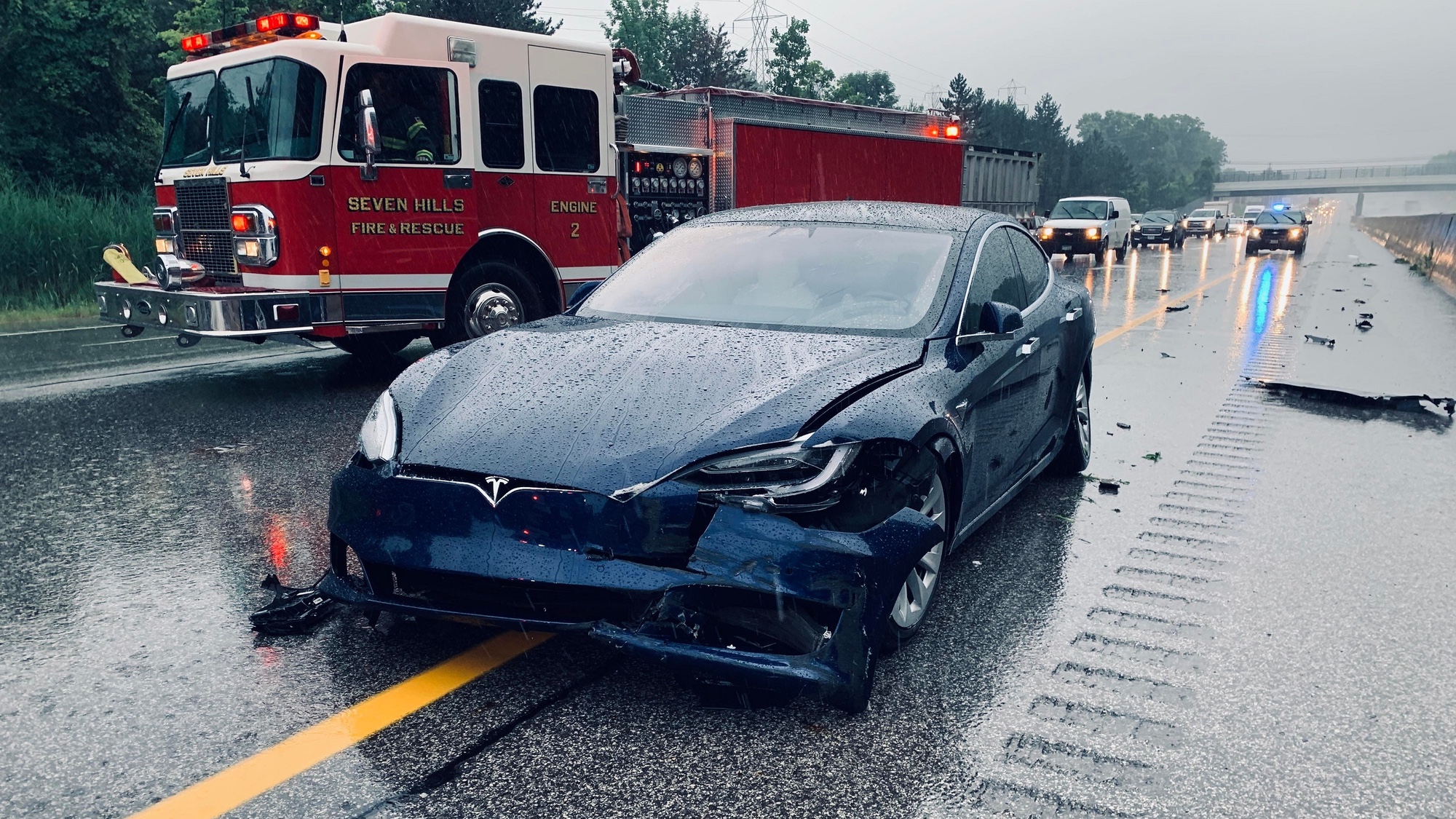Crashed Teslas just got a new lease on life — here’s how

A core goal for Elon Musk when starting Tesla was to move the world away from fossil fuel-burning internal combustion engines. While Musk has done a tremendous job of making electric vehicles cool and appealing, Tesla seemingly didn't consider the merits of EV preservation.
Last year, Tesla began locking out salvaged vehicles — those that had been in an accident, but in which dedicated owners repaired and brought back to life — from its Supercharger network. Tesla extended this ban to third-party chargers as well. According to Electrek, Tesla has changed its tune and is allowing salvaged vehicles to be charged again.
- Volkswagen ID.4 review
- These are the best electric cars out right now
- Plus: It's not just Tesla: Report claims all semi-autonomous cars are easily fooled
A report by the Wall Street Journal shows that EVs aren't as environmentally sustainable as some might believe, given that manufacturing and mining for nickel and cobalt is a carbon-intensive process. Others argue that buying a used car is better than buying a more sustainable vehicle because of the carbon required for manufacturing.
Given all of that, the best thing people can do for eco-friendly transportation is to also make sure EVs can stay on roads for as long as possible. It's one of the major advantages electric motors have over internal combustion engines.
While there continues to be some debate, it's believed an electric motor can last for 15 to 20 years before having to be swapped out. And even though batteries degrade over time, battery recycling is finding stronger footing, making remanufacturing of cells a greater alternative to mining.
Tesla's decision to lock out salvaged vehicles from its Supercharger network bothered some dedicated Tesla fans. By preventing repair shops from salvaging vehicles and putting them back on the road, Tesla was effectively telling people to buy a new EV. This flew contrary to its mission of environmental sustainability.
At the time, Tesla countered that, for safety reasons, it couldn't have independently repaired vehicles out on the street: "Tesla reserves the right to deactivate Supercharging capability on any vehicle we believe would be unsafe. If a vehicle is found to have been modified to enable Supercharging and/or fast-charging through third parties, Tesla may take legal action and seek compensation."
Get instant access to breaking news, the hottest reviews, great deals and helpful tips.
According to Electrek, people called on Tesla to them implement some sort of inspection system, where repaired vehicles could be approved for use.
A noted Tesla hacker, who goes by the name green, spotted that Tesla reenabled Supercharging on salvaged Model 3s and posted the news on Twitter.
I am hearing (without much fanfare) Tesla suddenly reenabled supercharging capabilities in salvage model 3 cars.Would be interesting to get some confirmations from a wider field if anybody has salvage model3s with disabled supercharging.Great news if true!August 11, 2021
At the moment, it doesn't seem Supercharging capabilities have extended to other Tesla vehicles. But given the recent change of heart, it's possible that Tesla will begin doing more to help keep more of its EVs on roads.

Imad is currently Senior Google and Internet Culture reporter for CNET, but until recently was News Editor at Tom's Guide. Hailing from Texas, Imad started his journalism career in 2013 and has amassed bylines with the New York Times, the Washington Post, ESPN, Wired and Men's Health Magazine, among others. Outside of work, you can find him sitting blankly in front of a Word document trying desperately to write the first pages of a new book.
